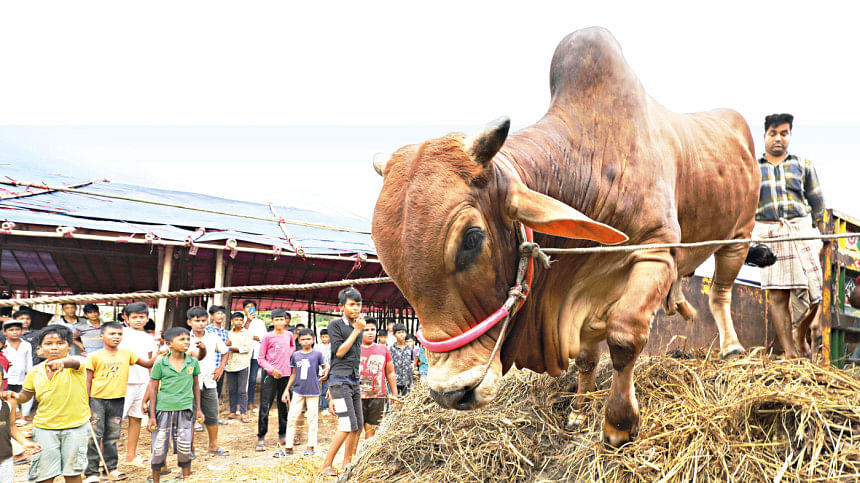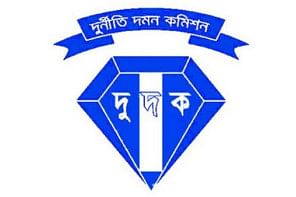An Eid like no other Chattogram edition

Eid is a celebration for Muslims across the world, a celebration that brings people together. However, different countries have different customs and cultures of celebrations, and even within the same countries, the celebrations take different faces in different regions.
This beautiful paradox is more prominent when it comes to Eid in Chattogram, which is somewhat different from all the other regions of the country. Considering the size and population of the district, Chattogram has more sacrificial animals than other districts.
Moslem Uddin, president of Chattogram Rawhide Traders Association, estimates almost four lakh animals will be sacrificed in Chattogram this Eid.
Given the context of the grandeur, one may wonder -- how an average Chittagonian celebrates Eid?
Let's start with the sacrificial rituals.
Hundreds of flatbreads are made in every house centring on Eid. Hosting guests with freshly cooked meat and hand-made bread is a must-have of Chatgaiya culture. It is also a traditional custom in Chattogram to distribute these hand-made flatbreads and cooked mezbani meat or kala bhuna to the homes of relatives.
The people of Chattogram prefer to offer their sacrifice on the very first day of Eid-ul-Azha, however, in a few cases that may be an exception. Traditionally, they prefer a single animal's sacrifice, be it -- a cow, buffalo, or camel under the name of seven people. In the case of goats, sheep, and ewes, there is a religious provision for sacrificing under a single name.
Individual family units prefer to sacrifice one cow. Some also prefer oxen, while others prefer bulls. In many remote regions of Chattogram, there's also a prevalence of conducting bull-fights. However, it's hard to convince any Chittagonian, who usually sacrifices oxen, to buy bulls.
Families engaged in business are more prevalent in Chattogram. This is why many families sacrifice more than one animal due to their affluence, breaking convention. Wealthy families tend to sacrifice large quantities of expensive animals. Whereas, lower-income residents prefer small-sized bulls. Although there are different breeds of bulls in the country – "Red Chittagong Cattle" or RCC is more of a popular choice in Chattogram.
A prevalent culture in this subcontinent is to share the joy of any religious festivities among relatives. But when it comes to treating in-laws' families during Eid-ul-Azha, Chattogram can be a bit too extra.
Sending sacrificial animals to the daughter's in-law's house is an age-old custom in Chattogram. This practice still goes on in the region per the person's affordability.
SM Abu Tayyab, former first vice-president of BGMEA and former president of Chittagong Club, told this correspondent that it is a traditional custom in Chattogram to send sacrificial animals to the house of the girl's father-in-law.
"However, this age-old practice at times creates pressure on the lower strata of the society," he said.
Then comes the food. If extravagance needs any other synonym, it should be Chittagonian food during festivals. Preparations start on the of Eid with the preparations of flatbreads -- an essential Eid breakfast in Chattogram, like many other regions of the country.
However, the difference is in the numbers. Hundreds of flatbreads are made in every house centring on Eid. Hosting guests with freshly cooked meat and hand-made bread is a must-have of Chatgaiya culture. It is also a traditional custom in Chattogram to distribute these hand-made flatbreads and cooked mezbani meat or kala bhuna to the homes of relatives.
Manjurul Haque, managing director of Barcode Limited and former vice-president of Chittagong Club, said the prime delicacy of Chattogram on Eid-ul-Azha is freshly cooked meat with rice-flour flatbread.
Chittagonians who live abroad also takes rice husks with them so that they can also celebrate Eid-Ul-Adha the traditional way in those countries.

 For all latest news, follow The Daily Star's Google News channel.
For all latest news, follow The Daily Star's Google News channel. 



Comments